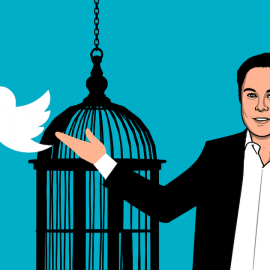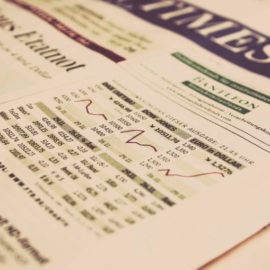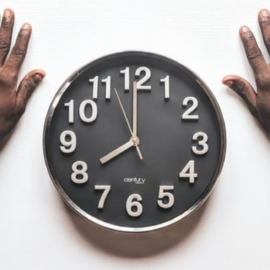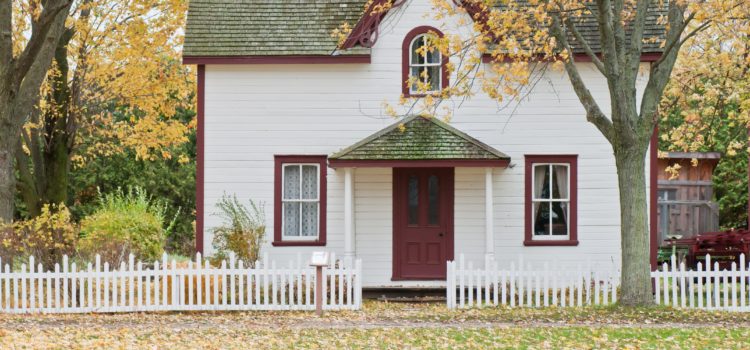
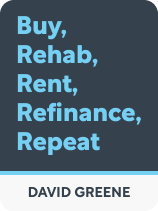
This article is an excerpt from the Shortform book guide to "Buy, Rehab, Rent, Refinance, Repeat" by David Greene. Shortform has the world's best summaries and analyses of books you should be reading.
Like this article? Sign up for a free trial here .
What are the benefits of buying a house below market value? How does it affect your real estate investment plan?
If you’re using David M. Greene’s BRRRR method from his book Buy, Rehab, Rent, Refinance, Repeat, then you need to start by buying a house below market value. The BRRRR method emphasizes buying cheap properties because you can easily recover your investment later when selling the home.
Let’s look at how buying a house below market value can make you more money, and how to find a good deal out of it.
Why You Should Buy a House Below Market Value
When you’re ready to begin the BRRRR process, Greene claims that your success in Step 1 sets the tone for the success of the entire project: You need to buy significantly under market value to be able to recover most or all of your investment during the refinance.
(Shortform note: Some critics of the BRRRR method say that it’s too difficult to find properties priced far enough below market value to make the math work. Others argue that real estate prices this low only exist in certain markets, like the Midwest and Southeast, which would force some investors to buy and manage their properties from out of state. Although Greene advocates for long-distance investing—he even wrote a book about it—other experienced investors discourage it.)
Greene strongly recommends saving money to buy (and renovate) your first property without debt, as he did. Doing this allows you to recoup your own cash during the refinance stage and use it to invest in your next property—without having to use money from your refinance or your property’s cash flow to pay off that initial debt.
But before explaining how to secure an investment property, Greene describes how to find a good deal.
Finding a Cheap Property
Greene writes that buying a house below market value typically means investing in a house that is under distress. The best deals are typically under one of three forms of distress:
- Property distress, meaning that it needs significant repairs. These fixer-uppers are most common in BRRRR because they’re the easiest to find—but they also require the most work. (Shortform note: Because of rising home prices and fierce competition, many house-hunting Millennials have resorted to fixer-uppers. Despite lower sale prices, the home buyers often face high renovation costs, and 25% report regretting the purchase.)
- Personal distress, meaning that the property owner needs to sell quickly due to their financial circumstances (such as divorce or a lost job). These properties offer the highest profit margins because they require little or no renovation, but they can be difficult to find. (Shortform note: When a homeowner can no longer afford their mortgage and the house is worth less than what they owe, they may ask their lender to agree to a short sale, meaning they’d sell the property for less than the amount owed. For buyers, this means a discounted price, motivated seller, and reduced competition—but also a more complicated transaction and higher risk, as short sales are sold as-is.)
- Market distress, meaning that the price is down because the economic or real estate market has dropped. This is a ripe time for good deals, but it’s a limited window of opportunity. (Shortform note: The best time to buy is at the first sign of the market’s recovery when home values begin to shift from dropping to rising. If you buy at this time, you secure low prices to maximize value appreciation, and the property’s value will start rising immediately.)
To find properties that fall into one of the first two categories, you have to know where to look. Greene suggests finding foreclosures and property tax liens through live and online auctions. You can also drive through neighborhoods looking for distressed and neglected properties, search online for the owner’s name and contact information, and reach out with an offer to buy the property under market value.
Greene also stresses networking with others to increase your chances of finding and buying a house below market value while reducing the leg work required. He suggests recruiting eyes and ears by networking with:
- Real estate agents
- Wholesalers (who find deals and funnel them to investors for a fee)
- Bird dogs (who search for deals in exchange for money, advice, or mentorship)
- Professionals who encounter distressed sellers (including divorce attorneys, morticians, and bankruptcy companies)
Additionally, advertise through direct mail and SEO, and frequently remind your family and friends that you buy homes in any condition, especially under market value.

———End of Preview———
Like what you just read? Read the rest of the world's best book summary and analysis of David Greene's "Buy, Rehab, Rent, Refinance, Repeat" at Shortform .
Here's what you'll find in our full Buy, Rehab, Rent, Refinance, Repeat summary :
- An explanation of the BRRRR real estate investment method
- How to use the BRRRR method to produce consistent, passive income
- Why you should assemble a "Core Four" team rather than working alone


